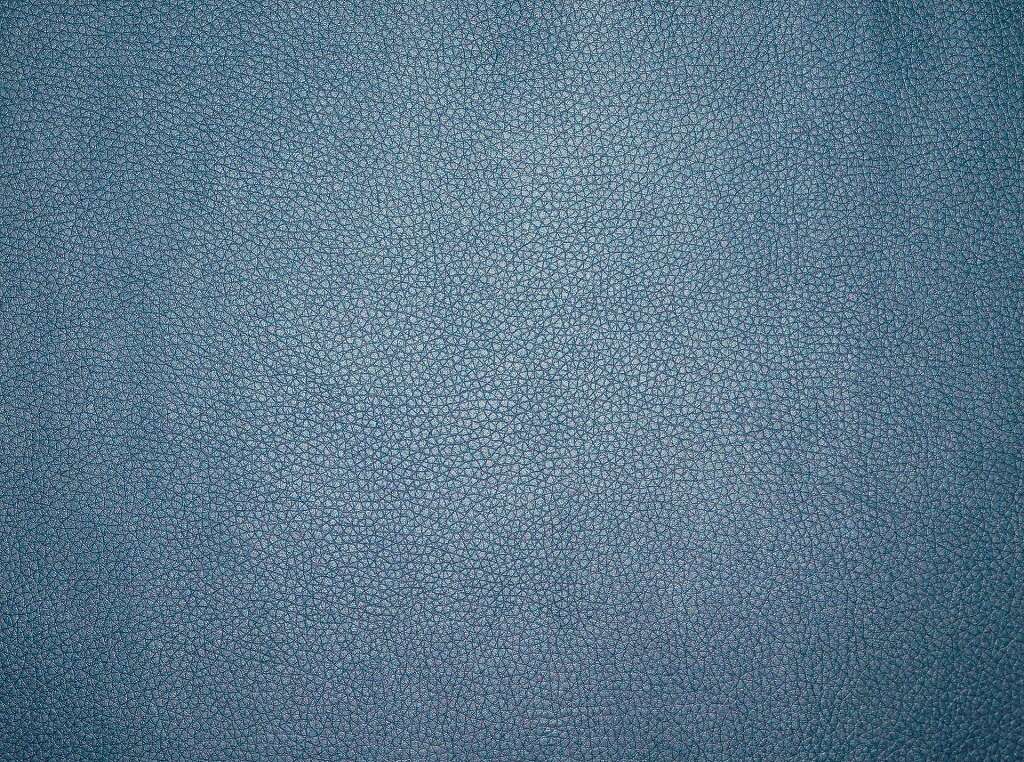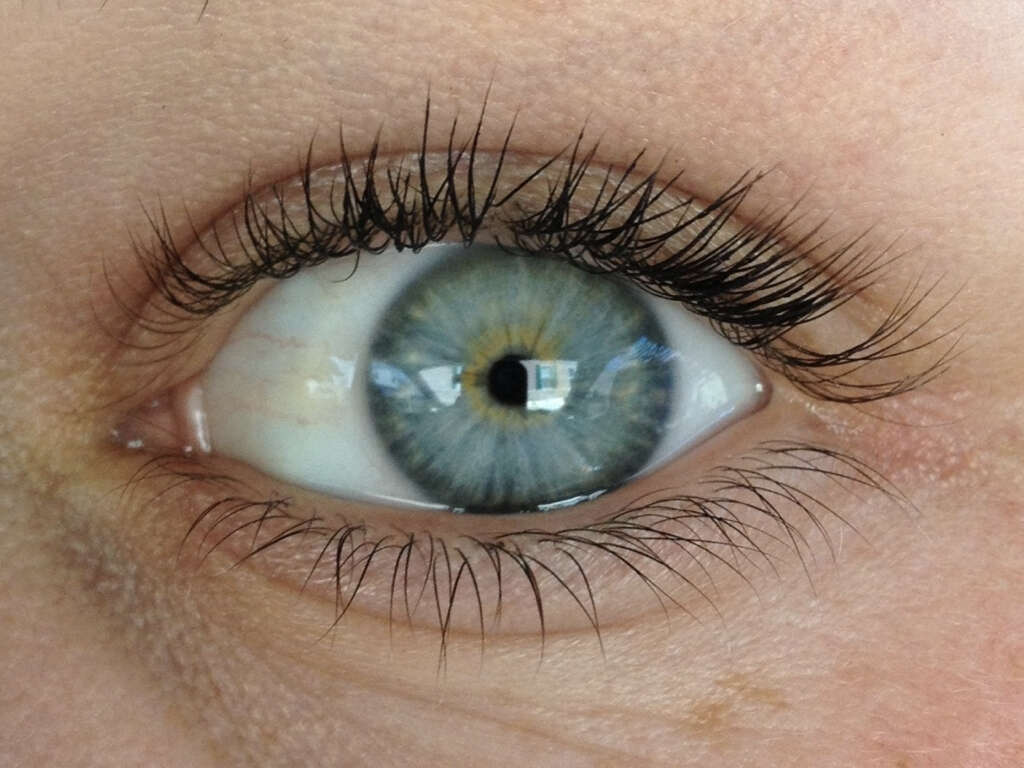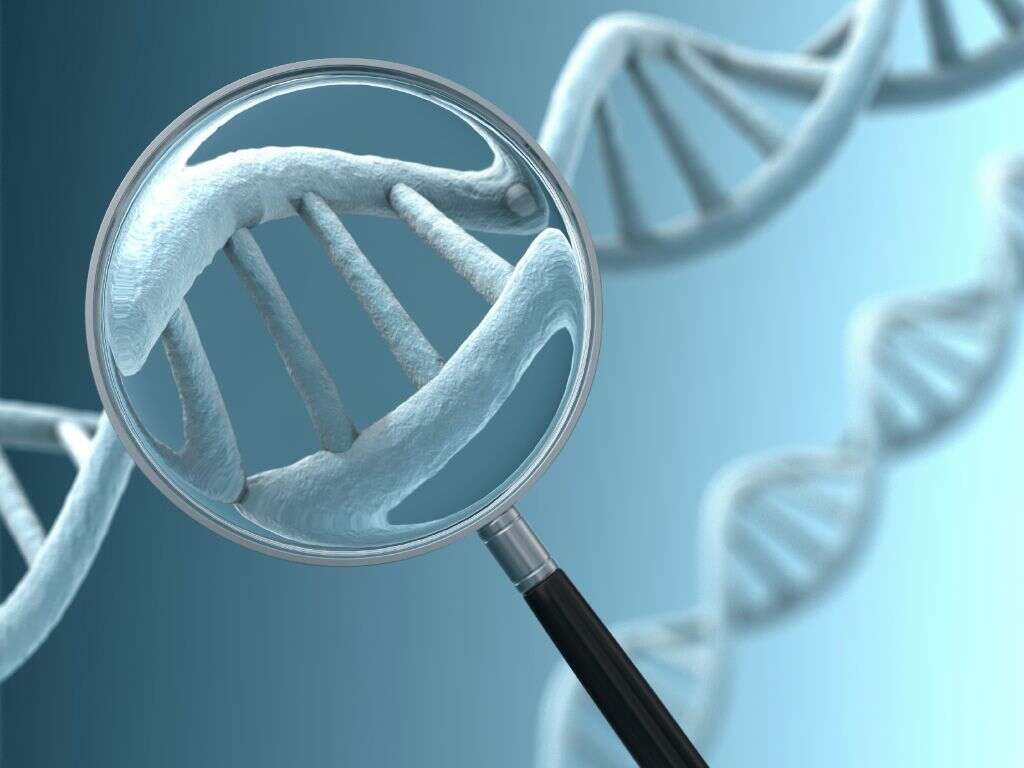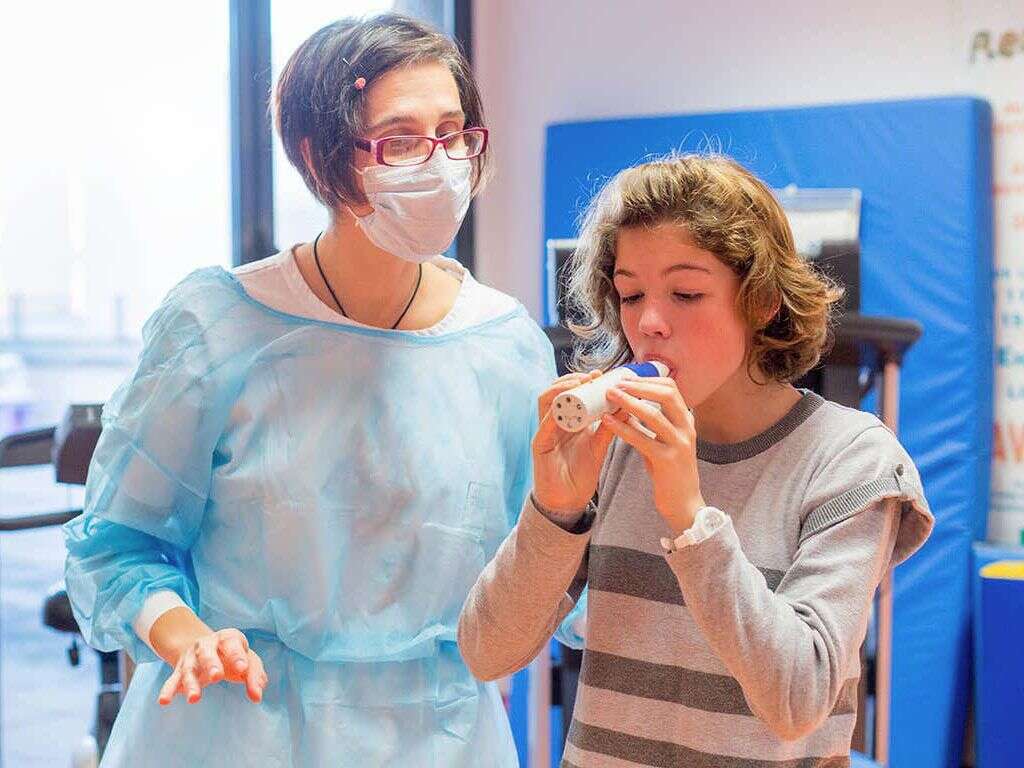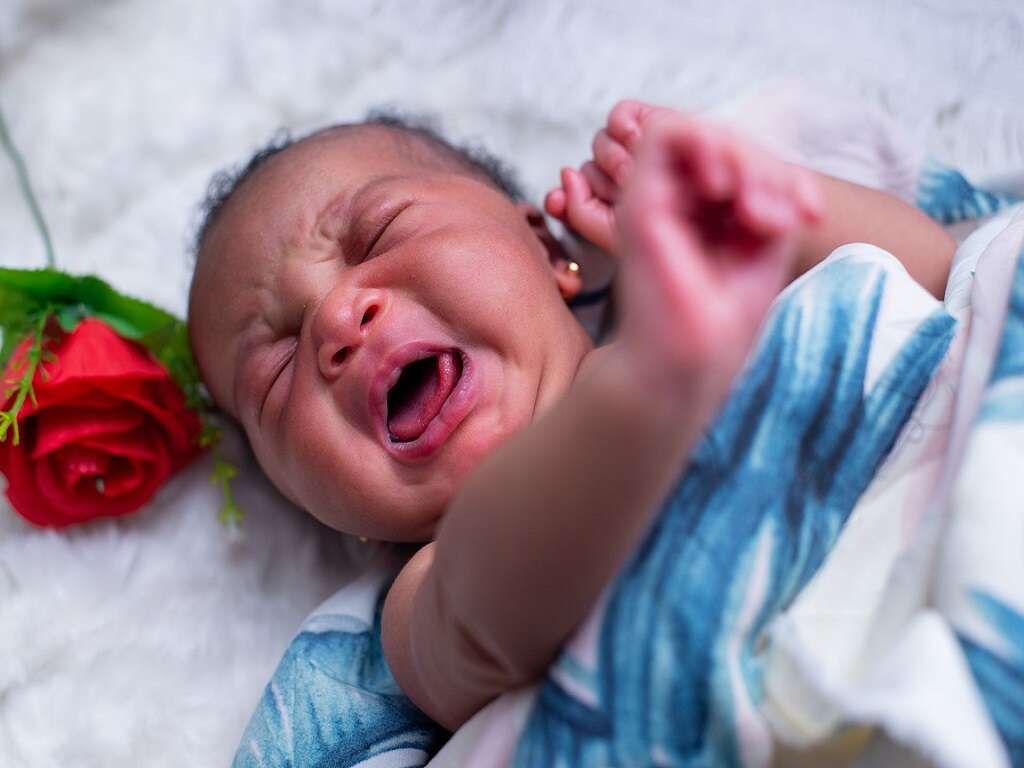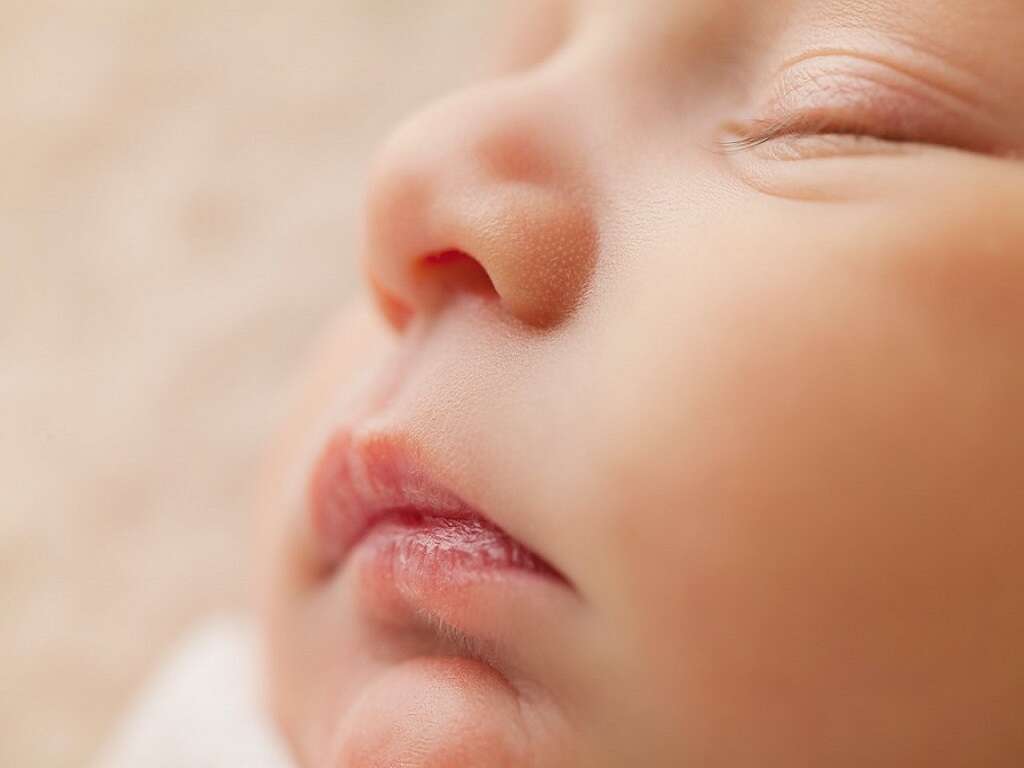Mongolian Spots Diagnosis, Causes & More
 Article Sources
Article Sources
- 1. Gupta D; Thappa DM. ‘Mongolian spots: How important are they?’ World Journal of Clinical Cases. https://www.ncbi.nlm.nih.gov/pmc/articles/PMC3856299
- 2. ’Mongolian blue spots.’ Medline Plus. https://medlineplus.gov/ency/article/001472.htm
- 3. Kikuchi I. ‘What is a Mongolian Spot?’ International Journal of Dermatology. 1982 https://onlinelibrary.wiley.com/doi/abs/10.1111’Mongolian Spot.’ American Osteopathic College of Dermatology. https://www.aocd.org/page/MongolianSpot
4. Signs & Symptoms
Mongolian spots appear at birth or within a few weeks. Most are blue, bluish-gray, blue-green or black. It's commonly located on the shoulders or lower back area just above the buttocks.
The spots are oval or irregularly shaped or grouped together. The birthmark looks like a bruise, but it doesn't hurt or change color when pressed. This is an important distinguishing characteristic. Red birthmarks occur because of too many blood vessels. They can have many complications, such as bleeding and pain.1Gupta D; Thappa DM. ‘Mongolian spots: How important are they?’ World Journal of Clinical Cases. https://www.ncbi.nlm.nih.gov/pmc/articles/PMC3856299
Advertisement
